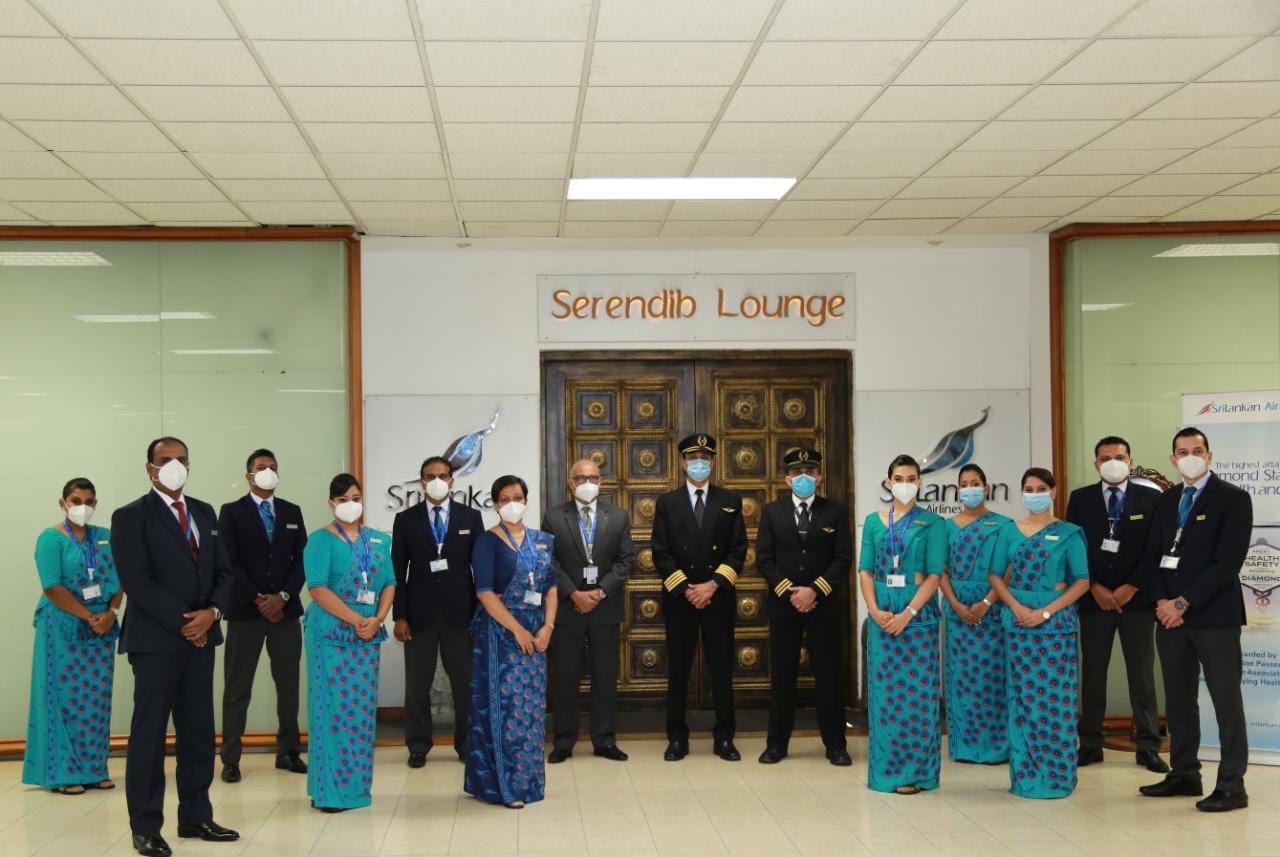Starting December 1, 2024, Russia will implement a pilot programme to collect biometric data from foreign nationals and stateless individuals entering the country. The initiative, which includes facial imaging and fingerprinting, will initially roll out at Moscow’s major airports—Sheremetyevo, Domodedovo, Vnukovo, and Zhukovsky—and at the Mashtakovo border crossing in the Orenburg region.
The program, set to run until June 30, 2026, is aimed at bolstering national security and streamlining migration management. If successful, the system will be permanently adopted, according to a government announcement.
Nationwide Expansion by 2025
From June 30, 2025, the program will expand to all border checkpoints across Russia. Travelers eligible for visa-free entry will also have the option to pre-submit their biometric data through a mobile app, simplifying their arrival process.
Exemptions and Communication Plan
Certain categories of individuals will be exempt from the biometric requirements, including:
Citizens of Belarus.
Children under six years old.
Accredited diplomatic and consular personnel.
Officials from recognised international organisations and their families.
To ensure travelers are informed, the Russian Ministry of Digital Development will publish multilingual guidance on the procedure. Information will be available in languages such as Arabic, Chinese, English, French, Kazakh, Kyrgyz, Spanish, Tajik, and Uzbek on the national public services portal.
Global Trend in Biometric Technology
Russian authorities note that biometric requirements are already standard practice in many countries, such as for obtaining Schengen visas. “These measures help improve security by providing additional information on incoming travelers,” said the Ministry of Digital Development.
The program reflects a broader global trend toward using biometric technologies to enhance border security and streamline immigration processes. If the pilot phase proves successful, these rules will become a permanent feature of Russia’s border control system.






